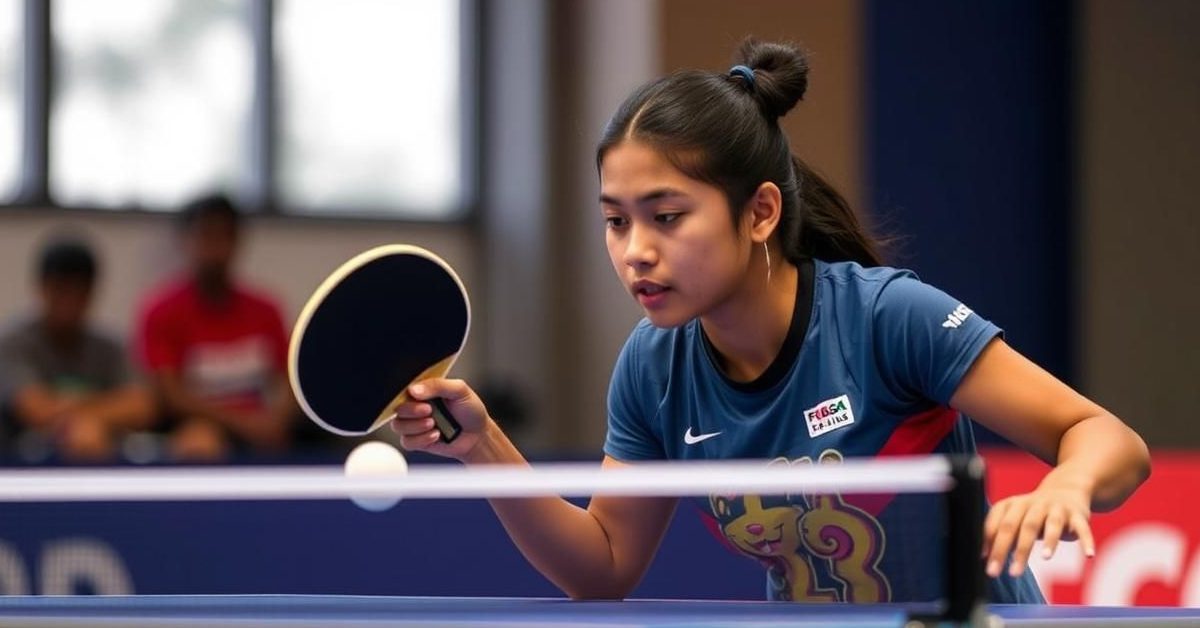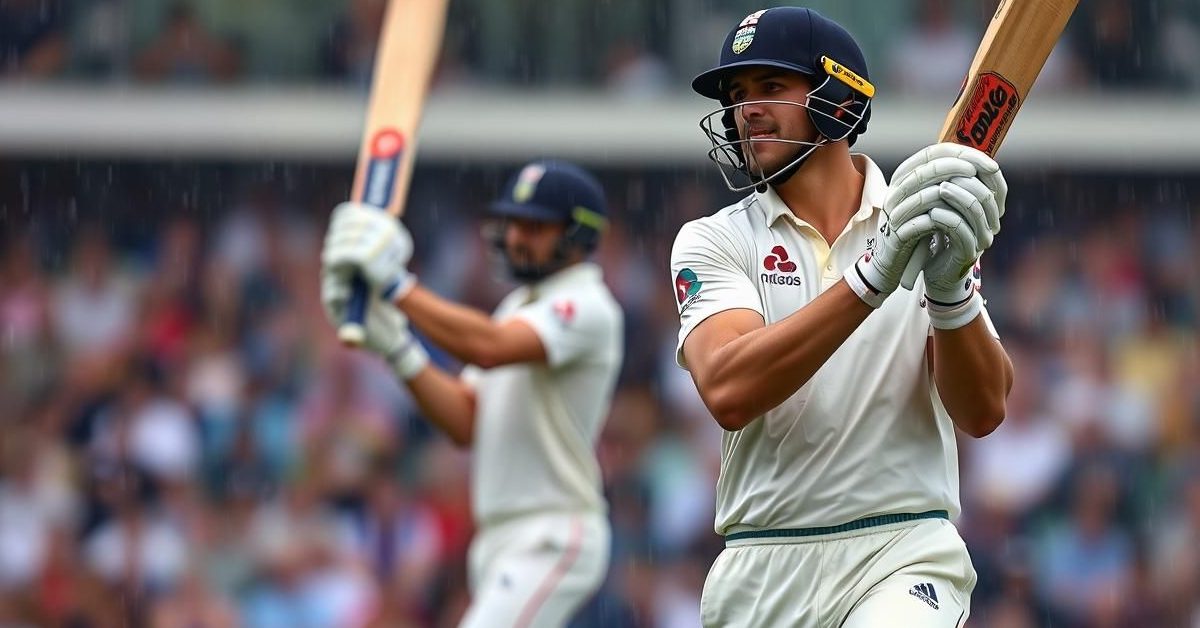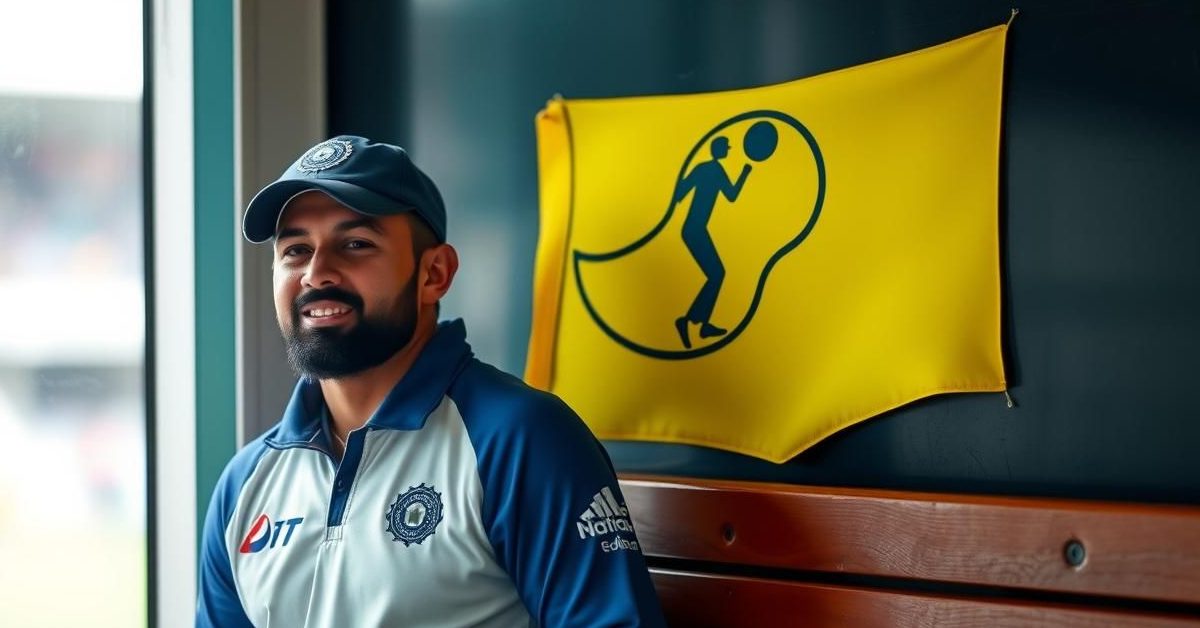Rising Indian Table Tennis star Yashaswini Ghorpade is keenly observing international players to refine her game, focusing on their aggressive tactics, powerful serves, and crucial recovery methods.
Stepping Up to Global Challenges
Yashaswini Ghorpade, an exciting young talent in Indian Table Tennis, recently faced a tough challenge at the US Smash tournament, a premier international event. She lost to Japan’s World No. 6 Miwa Harimoto, a match that provided valuable lessons despite her re-entry into the Top 100 global rankings at World No. 99.
Earlier, her title win at India’s Ultimate Table Tennis (UTT) league in June brought domestic glory. However, it also served as a stark reminder of the different demands and higher standards of the international circuit compared to local competitions.
The Art of Seizing the Moment
In her match against Harimoto, Ghorpade led in the first two games before losing her advantage. This experience highlighted a critical difference she’s noticed in top international players: their ability to capitalize on opportunities.
Ghorpade reflected on how Indian players sometimes falter when ahead, a trend also seen with others like Sreeja Akula. She realized that elite players don’t play safe; they “pounce at the chance” when a lead is established, turning the tide swiftly.
Mastering the Power Game and Serves
Another key observation from watching foreign players, particularly during the UTT league, was their superior serves. Ghorpade noted that strong serves give them a significant upper hand in matches.
At the US Smash, Ghorpade herself squandered service opportunities at crucial moments. She acknowledged that top players possess a “better technique on their power game,” an area she continues to work on, even with her attacking style and unique pimple rubber backhand.
Beyond the Court: Recovery and Focus
The relentless international Table Tennis schedule, with tournaments across continents, leaves little time for extensive training blocks. Despite this, Ghorpade maintains a twice-weekly strength training routine, including weightlifting.
Her UTT experience offered unique insights into how top paddlers prepare, handle media, and contribute to a team dynamic. She found that while UTT matches are shorter, they demand intense focus, leaving no room for concentration lapses.
Perhaps one of her most significant learnings has been about player routines and recovery. “Foreign players are very quick,” she observed, but she also gained valuable insights into “how they keep focus on match days, as well as recovery sessions.”
- Top international players seize opportunities and don’t play safe when leading.
- Strong serves are crucial for gaining an advantage.
- Elite players demonstrate superior technique in their power game.
- Recovery sessions are paramount for maintaining performance in a demanding schedule.
These learnings, especially the emphasis on recovery, are lessons Yashaswini is eager to apply as she navigates the competitive international circuit. From stumbling into TT at age seven due to being “very lazy,” Ghorpade has developed a resilient game, even with the tricky pimple rubber on her backhand, which demands patience and control. When not on the court, her secret to unwinding is simple: Bollywood music.













